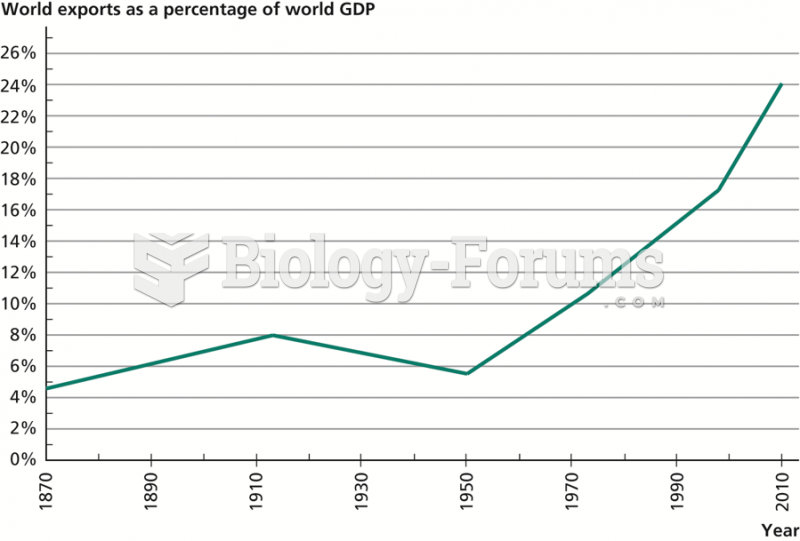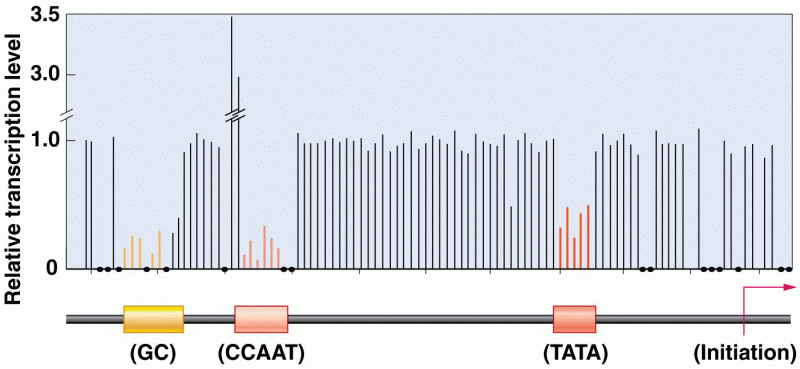Answer to Question 1
Islam unified the tribal population of Arabia in a common religious and ethnic bond that propelled Muslims out of their desert confines into East Asia, Africa, and the West. This expansion played a key role in defining the geographic borders of Western Europe. The control of the Mediterranean by Muslim forces snuffed out the waning Western sea trade, isolating the Christian West. As Islam expanded, it absorbed many different styles from the arts of non-Arab peoples, eventually contributing to a new, global culture.
Islam was enthusiastically receptive to the intellectual achievements of other cultures and aggressive in its will to understand the workings of the natural world. Between the ninth and twelfth centuries, Muslims absorbed and preserved much of the medical, botanical, and astrological lore of the Hellenized Mediterranean. This fund of scientific and technological knowledge, along with Arabic translations of Aristotle's works in logic and natural philosophy, and Muslim commentaries on Aristotle, filtered into the urban centers of Europe. There, in the twelfth century, they stimulated a rebirth of learning and contributed to the rise of Western universities and the Renaissance. Islamic scholars also made original contributions in mathematics, medicine, optics, chemistry, geography, philosophy, and astronomy. In the field of medicine, Islamic physicians wrote treatises on smallpox, measles, and diseases transmitted by animals (such as rabies), on the cauterization of wounds, and on the preparation of medicinal drugs. Further, at a time when most Europeans knew little of the earth's physical size or shape, geographers in Baghdad estimated with some accuracy the earth's circumference, as well as its shape and curvature. Muslim astronomers made advances in spherical geometry and trigonometry that aided religious observance, which required an accurate lunar calendar and the means of determining the direction of Mecca from any given location.
Answer to Question 2
Islamic culture benefited from its ethnic diversity and its assimilation of many different peoples. Science and technology from Arabs and non-Arabs alike changed the world forever.
In the arts, Islamic poetry was a literary focus. As within the cultures of ancient Greece, Africa, and China, poetry and music were intimately related, and local bards or wandering minstrels were the keepers of a popular oral verse tradition. The Bedouin minstrels of pre-Islamic culture celebrated in song themes of romantic love, tribal warfare, and nomadic life. The dominant themes in Islamic poetry included laments over injustice, elegies for the departed, and celebrations of the physical delights of nature. Romantic loveboth heterosexual and homosexual, and often strongly eroticwas a favorite subject, especially among those who came under the influence of Persian literature. Sufi poetry drew on the intuitive, non-rational dimensions of the religious experience.
Islamic architecture is a defining feature of the culture. The official Muslim place of worship is the mosque: a large, columned hall designed as a place for prayer. Every mosque is oriented toward Mecca, and that direction (qibla) is marked by a niche (mihrab) located in the wall. To the right of the mihrab is a small, elevated platform (minbar) at which the Qur'an may be read.
Islam was self-consciously resistant to image-making. Therefore, in Islamic religious art, there is almost no three-dimensional sculpture and almost no pictorial representations of the kind found in Christian art. But such self-imposed limitations did not prevent Muslims from creating one of the richest bodies of visual ornamentation in the history of world art. Three types of motif dominate the Islamic decorative repertory: geometric, floral, and calligraphic. Geometric designs were developed in complex and variegated patterns. Abstract, interlocking shapes often enclose floral motifs that feature the arabesque, a type of ornamentation based on plant and flower forms. Calligraphy, that is beautiful writing, completes the vocabulary of ornamentation. The bold use of color is one of the key features of Islamic art and architecture. Complex surface designs executed in mosaics and polychrome patterned glazed tiles transform the exteriors of mosques and palaces into shimmering veils of light and color.
Although devout Muslim's considered music as a forbidden pleasure, the sound of the chanted Qur'an and the muezzin's call to prayer were a part of daily life. Nevertheless, during Islam's golden age, secular music flourished in the courts of Crdoba and Baghdad, and, even earlier, Arab song mingled with the music of Persia, Syria, Egypt, and Byzantium. The music of the Islamic world originated in the monophonic, modal songs of the desert nomads. Two additional characteristics of Arab music are its use of microtones and its preference for improvisation. In keeping with Islamic scholarship, music composition and theory reached a peak between the ninth and eleventh centuries, when noted Islamic scholars wrote almost two hundred treatises on musical performance and theory. They classified the aesthetic, ethical, and medicinal functions of the modes, recommending specific types of music to relieve specific illnesses.







